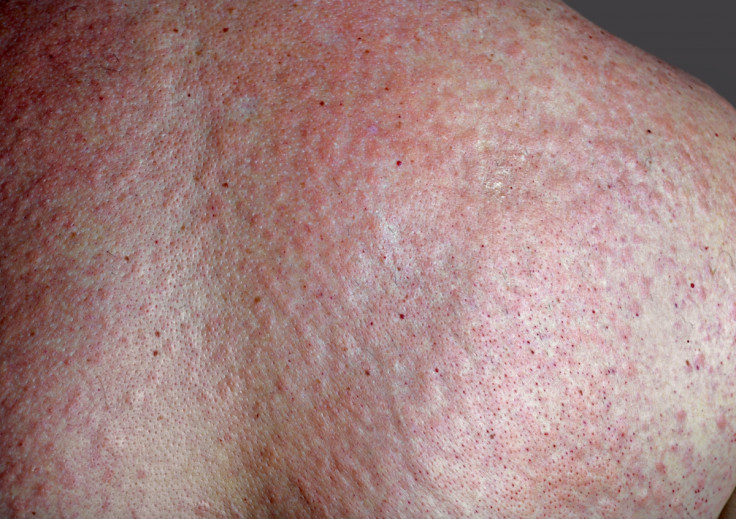Vibratory urticarial: Rare disorder makes people break out in hives when exposed to vibrations

There is a rare disorder that makes people break out in hives whenever they are exposed to vibrations. Known as vibratory urticarial, sufferers develop a temporary skin rash when they undertake activities like running, riding a bus and even clapping their hands.
The disorder was something of a "medical mystery" – it affects families across multiple generations. Researchers at the National Institute of Allergy and Infectious Diseases have now studied vibratory urticarial to establish what causes it, publishing their findings in the New England Journal of Medicine. As well as hives, vibration can also cause sufferers to experience flushes, headaches, blurry vision, fatigue and a metallic taste in their mouths.
Researchers looked at three families with vibratory urticarial, measuring the blood levels of histamine during episodes of vibration-induced hives. They found histamine levels rose quickly in response to vibrations and dropped back down after an hour. They also found an increase in tryptase – another marker of mast cell degranulation (where chemicals are released into blood cells and tissue in response to a stimuli).
To find the genetic basis of the disorder, scientists carried out DNA sequences on affected and unaffected family members. They found there was a single mutation in the ADGRE2 gene of those affected by vibratory urticarial, but not the unaffected ones. They also could not find the mutation in the DNA of over 1,000 unaffected individuals with similar genetic ancestry, or any variant databases.
The ADGRE2 gene controls the production of the ADGRE2 protein, which is present on the surface of a number of different types of immune cells – including mast cells. It is made of two subunits that interact and stick close together.
But in people with vibratory urticarial, the subunit interaction is not so stable. After vibration, the alpha subunit was no longer in close contact with the beta subunit. Scientists believe that when it detaches the beta subunit produces signals that leads to degranulation – and the resulting hives.
This indicates ADGRE2 subunit interaction plays a part in mast cell response to physical stimuli – which could have implications for other diseases involving mast cells. Anthony S. Fauci, NIAID director, said: "Investigating rare disorders such as vibratory urticaria can yield important insights into how the immune system functions and how it reacts to certain triggers to produce allergy symptoms, which can range from mild to debilitating. The findings from this study uncover intriguing new facets of mast cell biology, adding to our knowledge of how allergic responses occur."
© Copyright IBTimes 2025. All rights reserved.






















